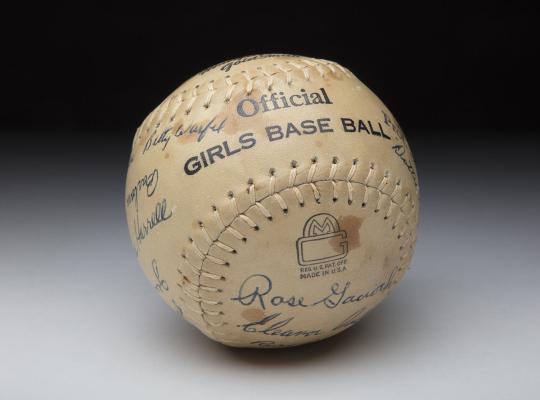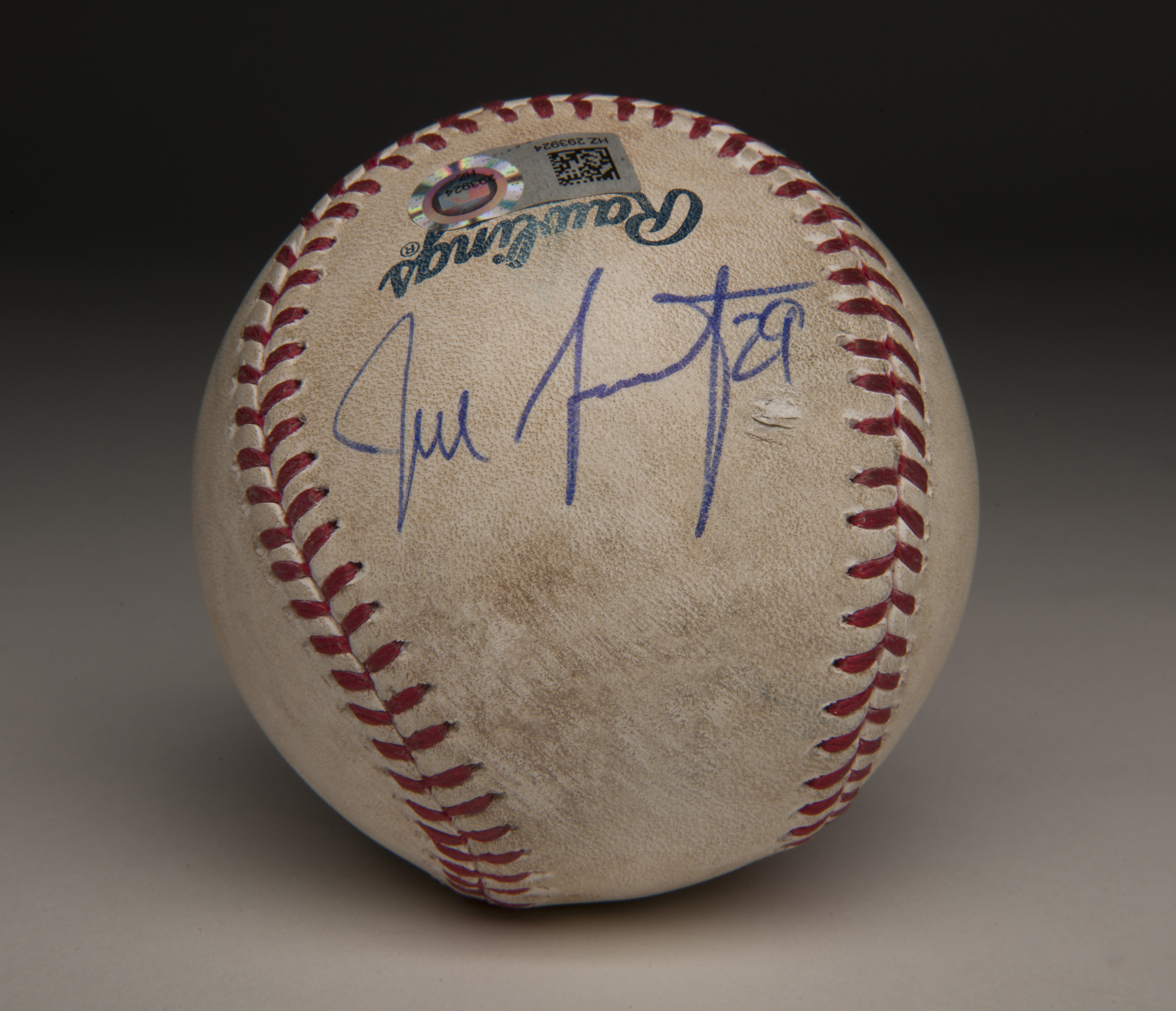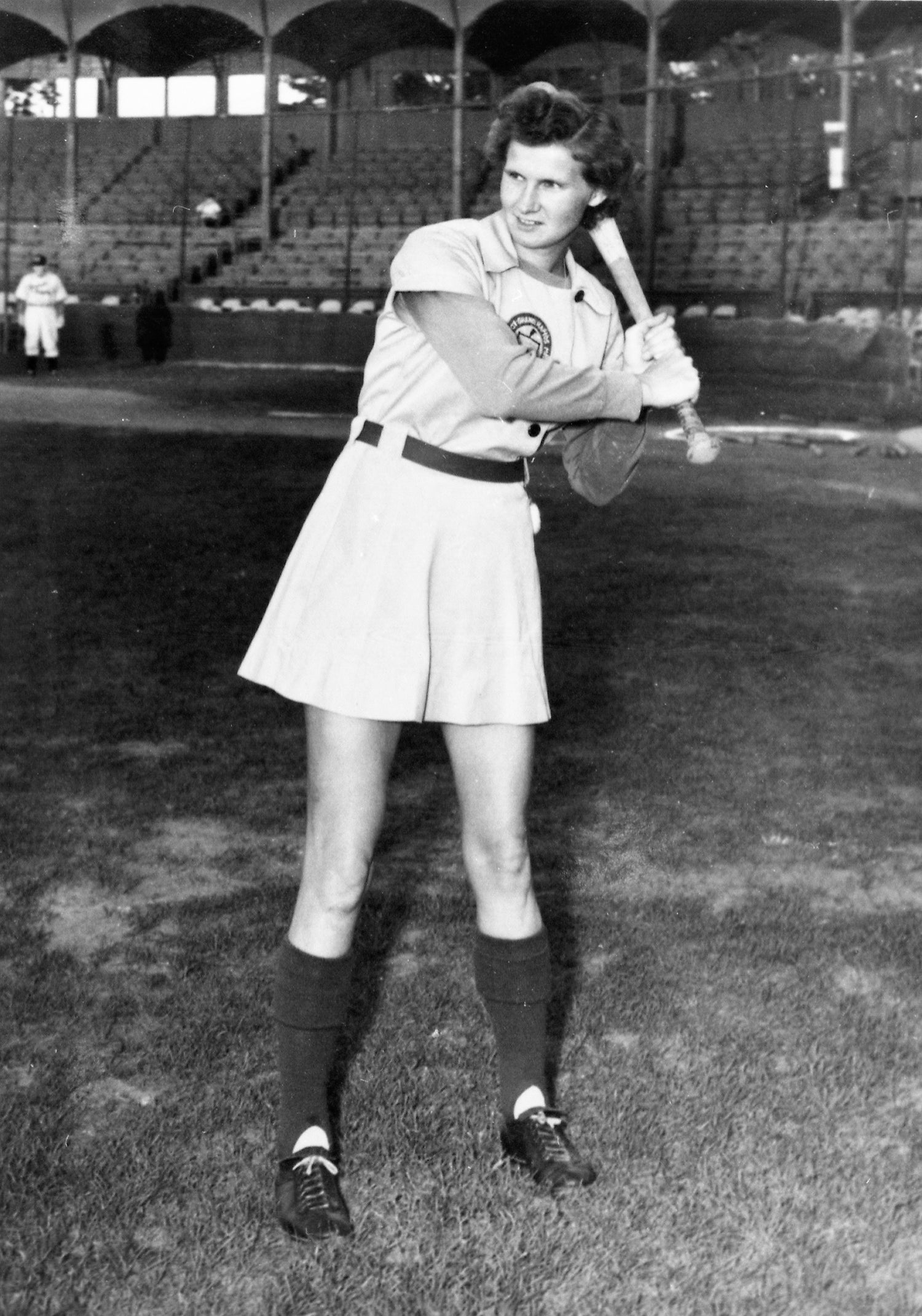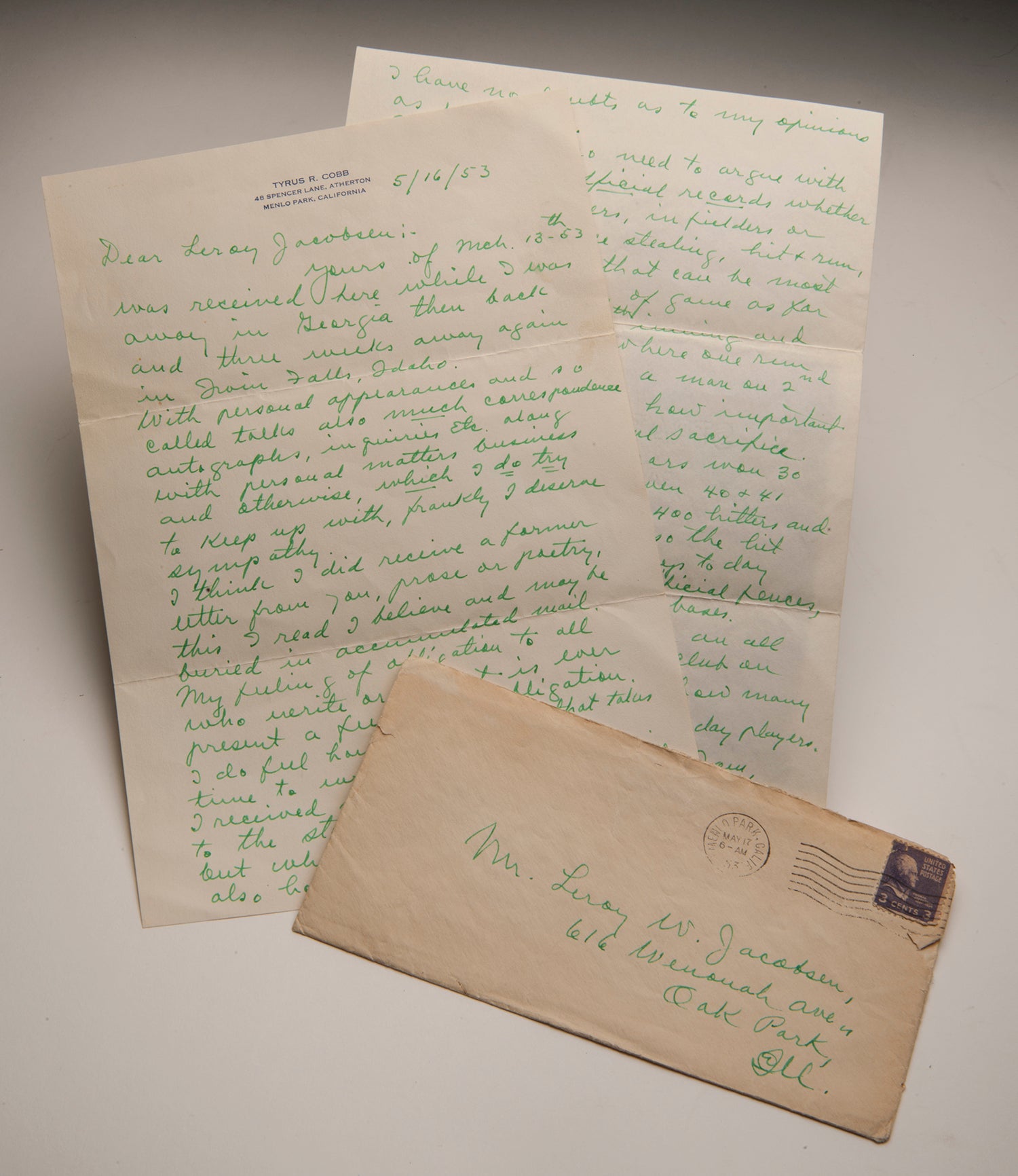#Shortstops: A chance to play the game
Could Dorothy “Kammie” Kamenshek have been the first woman to play Major League Baseball? It’s a question that has challenged sports writers since the days of the All-American Girls Professional Baseball League (AAGPBL).
The only child to immigrant parents, Dorothy “Kammie” Kamenshek, the first basemen for the Rockford Peaches from 1943-51, and 1953 was an awe inspiring player. She was named to seven All-Star teams and won the batting crown twice in her decade playing for the AAGPBL. Spurred on by her personal motto “anything less than my best is failure,” Kamenshek was the league’s career leader in hits (1,090), putouts (10,440) and double plays (360). She came in second in at-bats (3,736) and runs scored (667). Extraordinarily, she only struck out 81 times in her career. With these stats, is it any wonder that she attracted national attention?







